-
 Bitcoin
Bitcoin $115100
1.27% -
 Ethereum
Ethereum $3675
2.71% -
 XRP
XRP $2.995
1.45% -
 Tether USDt
Tether USDt $1.000
0.02% -
 BNB
BNB $769.8
2.64% -
 Solana
Solana $168.0
3.25% -
 USDC
USDC $0.9999
-0.01% -
 TRON
TRON $0.3371
1.48% -
 Dogecoin
Dogecoin $0.2051
3.36% -
 Cardano
Cardano $0.7394
2.30% -
 Hyperliquid
Hyperliquid $38.15
0.42% -
 Stellar
Stellar $0.3966
-0.36% -
 Sui
Sui $3.486
2.93% -
 Chainlink
Chainlink $16.72
2.52% -
 Bitcoin Cash
Bitcoin Cash $568.0
4.36% -
 Hedera
Hedera $0.2440
2.59% -
 Ethena USDe
Ethena USDe $1.001
0.04% -
 Avalanche
Avalanche $22.16
2.06% -
 Litecoin
Litecoin $119.1
-0.73% -
 UNUS SED LEO
UNUS SED LEO $8.991
0.04% -
 Toncoin
Toncoin $3.232
-0.39% -
 Shiba Inu
Shiba Inu $0.00001233
2.82% -
 Uniswap
Uniswap $9.717
2.53% -
 Polkadot
Polkadot $3.664
1.85% -
 Dai
Dai $1.000
0.01% -
 Monero
Monero $281.2
-3.89% -
 Bitget Token
Bitget Token $4.350
1.55% -
 Cronos
Cronos $0.1428
5.07% -
 Pepe
Pepe $0.00001050
3.68% -
 Aave
Aave $262.3
3.54%
How do I add custom tokens to Coinbase Wallet? Where can I find the contract address?
Adding custom tokens to Coinbase Wallet expands your crypto management beyond default listings, useful for exploring new or niche tokens.
May 02, 2025 at 04:21 pm

Adding custom tokens to Coinbase Wallet allows you to manage a broader range of cryptocurrencies beyond those listed by default. This can be particularly useful for users interested in newer or less mainstream tokens. In this guide, we will walk you through the steps to add custom tokens to your Coinbase Wallet, as well as how to locate the necessary contract address for these tokens.
Understanding Custom Tokens and Their Importance
Custom tokens are cryptocurrencies that are not automatically listed in your Coinbase Wallet. These tokens often represent new projects or smaller cryptocurrencies that have not yet gained enough traction to be included in major wallets by default. Adding these tokens to your wallet allows you to interact with them directly, such as sending, receiving, and trading them. This flexibility is crucial for users who want to explore the full spectrum of the cryptocurrency ecosystem.
Preparing to Add Custom Tokens
Before you can add custom tokens to your Coinbase Wallet, you need to gather some essential information. The most critical piece of information is the contract address of the token you wish to add. The contract address is a unique identifier on the blockchain that represents the token. Without it, you cannot add the token to your wallet.
Locating the Contract Address
Finding the contract address of a custom token can be done through various methods. Here are some common ways to locate this information:
- Official Website or Whitepaper: Many cryptocurrency projects list their contract address on their official website or in their whitepaper. Look for a section labeled "Token Details" or "Smart Contract."
- Blockchain Explorers: Websites like Etherscan (for Ethereum-based tokens) or BscScan (for BSC tokens) allow you to search for tokens by name or symbol. Once you find the token, the contract address will be displayed on its page.
- Token Listing Platforms: Platforms like CoinGecko or CoinMarketCap often provide detailed information about tokens, including their contract addresses.
Adding Custom Tokens to Coinbase Wallet
Once you have the contract address, you can proceed to add the custom token to your Coinbase Wallet. Follow these steps:
- Open Coinbase Wallet: Launch the Coinbase Wallet app on your mobile device or access it through the web interface.
- Navigate to Settings: Tap on the settings icon, usually located in the top right corner of the screen.
- Select "Add Token": Scroll down and find the "Add Token" option. Tap on it to proceed.
- Enter Token Details: You will be prompted to enter the token's details. Here's what you need to fill in:
- Token Name: Enter the name of the token as it is commonly known.
- Token Symbol: Enter the symbol used to represent the token.
- Contract Address: Paste the contract address you obtained earlier.
- Confirm Addition: After entering the details, tap on "Add Token" to confirm. The token should now appear in your wallet's asset list.
Verifying the Added Token
After adding the custom token, it's important to verify that it has been correctly added to your wallet. Here's how you can do that:
- Check Asset List: Navigate to your wallet's main screen where all your assets are listed. The newly added token should appear in this list.
- Check Balance: If you already own the token, check if the correct balance is displayed. If you don't own any yet, you can send a small amount to your wallet address to test the functionality.
- Send and Receive: Try sending and receiving the token to ensure that the transactions are processed correctly.
Troubleshooting Common Issues
Sometimes, you might encounter issues when adding custom tokens to your Coinbase Wallet. Here are some common problems and their solutions:
- Incorrect Contract Address: If the token does not appear in your wallet, double-check the contract address you entered. A single incorrect character can lead to the token not being recognized.
- Network Compatibility: Ensure that the token you are trying to add is compatible with the network your wallet is currently set to (e.g., Ethereum, Binance Smart Chain).
- Wallet Update: If you are using an outdated version of the Coinbase Wallet app, update it to the latest version to ensure compatibility with new tokens.
Frequently Asked Questions
Q: Can I add custom tokens to Coinbase Wallet on both mobile and desktop versions?
A: Yes, you can add custom tokens to Coinbase Wallet using both the mobile app and the web interface. The process is similar on both platforms, but the exact steps might vary slightly depending on the user interface.
Q: Is it safe to add custom tokens to my Coinbase Wallet?
A: Adding custom tokens is generally safe as long as you verify the contract address from a trusted source. Always ensure that you are adding legitimate tokens and be cautious of scams or phishing attempts.
Q: Can I remove a custom token from my Coinbase Wallet if I no longer need it?
A: Yes, you can remove a custom token from your wallet. To do so, go to the settings, find the token in your asset list, and select the option to hide or remove it. This will not delete the token from the blockchain but will remove it from your wallet's display.
Q: Do I need to pay any fees to add custom tokens to my Coinbase Wallet?
A: No, adding custom tokens to your Coinbase Wallet does not incur any fees. However, if you send or receive these tokens, you may need to pay network fees depending on the blockchain's requirements.
Disclaimer:info@kdj.com
The information provided is not trading advice. kdj.com does not assume any responsibility for any investments made based on the information provided in this article. Cryptocurrencies are highly volatile and it is highly recommended that you invest with caution after thorough research!
If you believe that the content used on this website infringes your copyright, please contact us immediately (info@kdj.com) and we will delete it promptly.
- BlockDAG, Litecoin, and Cardano: Charting the Course in Crypto's Dynamic Waters
- 2025-08-07 09:09:06
- Fireverse Token: Igniting a Musical Revolution in Web3
- 2025-08-07 08:27:45
- Ethereum, L2 Withdrawals, and Decentralization: A New Yorker's Take
- 2025-08-07 08:32:33
- Avalanche vs. Ruvi AI: Daily Sales Tell a Story of Crypto Disruption
- 2025-08-07 06:29:35
- DeSoc: The Crypto to Buy Now for a Decentralized Future (and Maybe 43x Gains!)
- 2025-08-07 06:50:16
- Arctic Pablo Coin: Riding the Meme Coin Wave with a Deflationary Twist
- 2025-08-07 07:18:13
Related knowledge
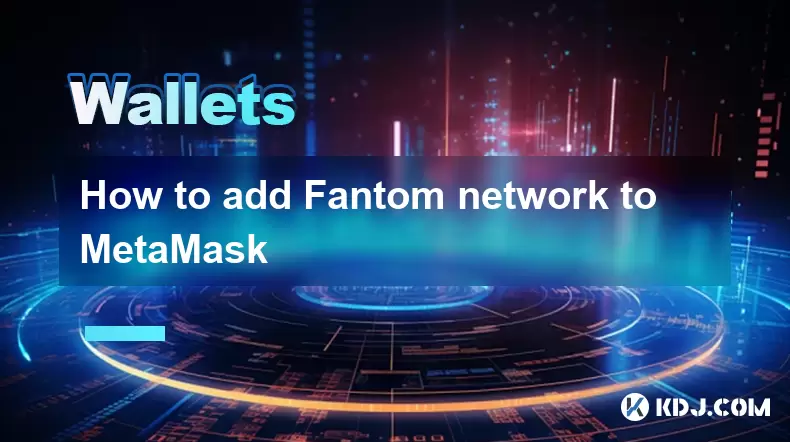
How to add Fantom network to MetaMask
Aug 07,2025 at 08:21am
Understanding the Fantom Network and MetaMask IntegrationThe Fantom network is a high-performance, scalable, and secure blockchain platform designed f...
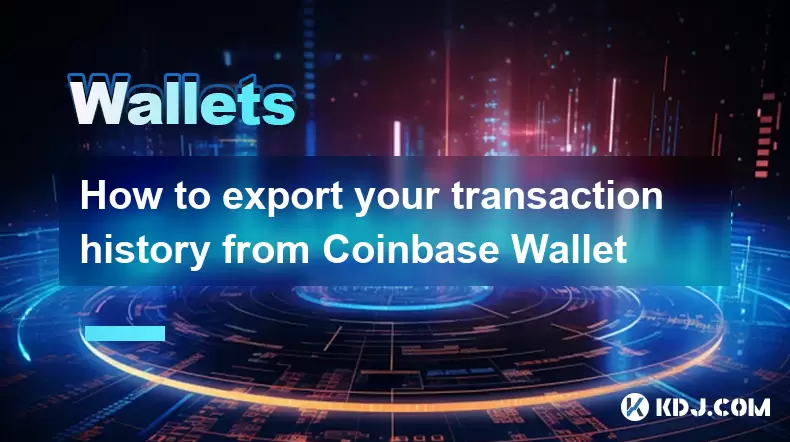
How to export your transaction history from Coinbase Wallet
Aug 07,2025 at 06:50am
Understanding Coinbase Wallet and Transaction HistoryCoinbase Wallet is a self-custodial cryptocurrency wallet that allows users to store, manage, and...
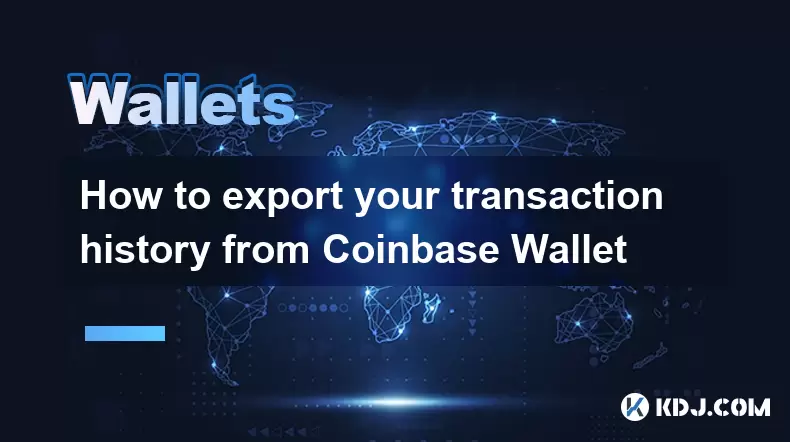
How to export your transaction history from Coinbase Wallet
Aug 07,2025 at 08:49am
Understanding Coinbase Wallet and Transaction HistoryCoinbase Wallet is a self-custodial cryptocurrency wallet that allows users to store, manage, and...
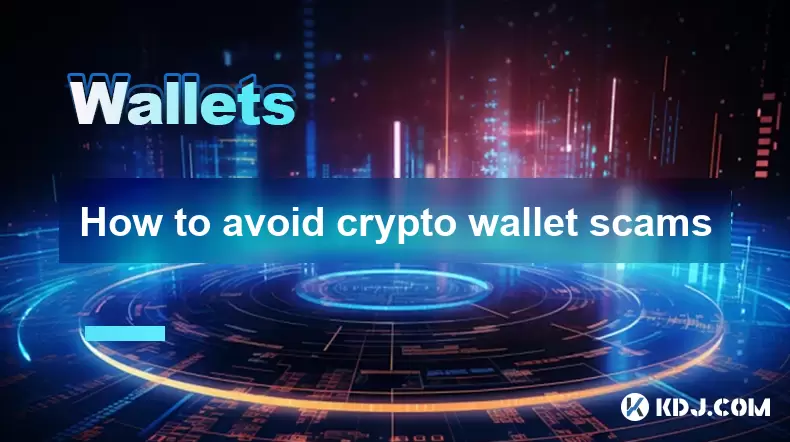
How to avoid crypto wallet scams
Aug 07,2025 at 02:21pm
Understanding Common Types of Crypto Wallet ScamsCrypto wallet scams come in various forms, each designed to exploit user trust, technical ignorance, ...
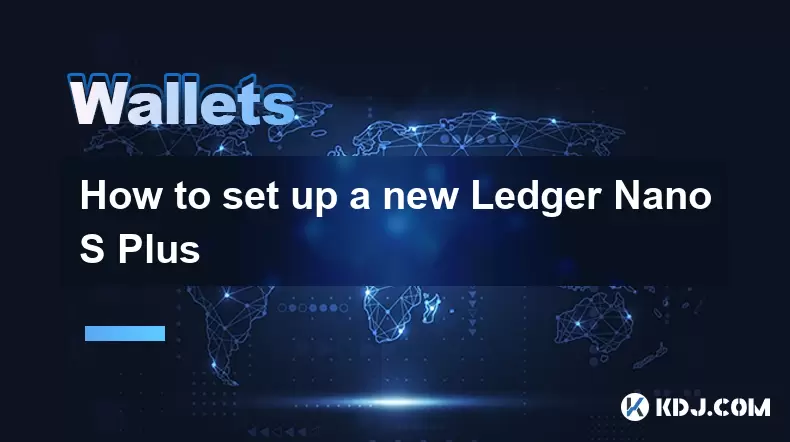
How to set up a new Ledger Nano S Plus
Aug 07,2025 at 06:01am
Unboxing and Initial InspectionWhen you receive your Ledger Nano S Plus, begin by carefully unboxing the package. Inside, you should find the Ledger N...
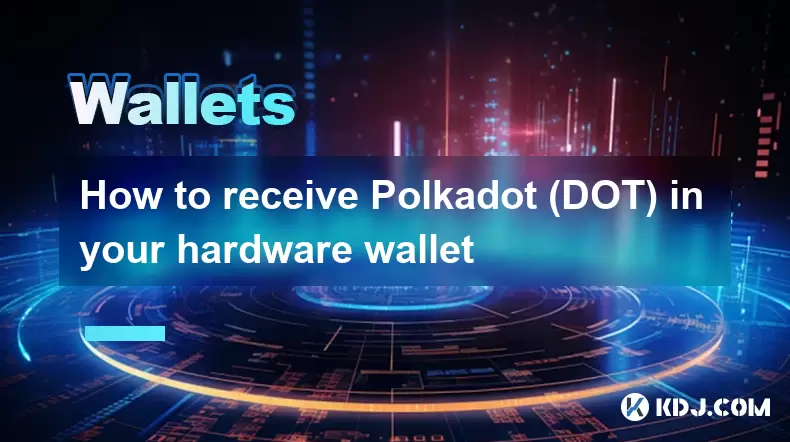
How to receive Polkadot (DOT) in your hardware wallet
Aug 07,2025 at 07:03am
Understanding Polkadot (DOT) and Hardware Wallet CompatibilityReceiving Polkadot (DOT) into a hardware wallet begins with understanding the ecosystem ...

How to add Fantom network to MetaMask
Aug 07,2025 at 08:21am
Understanding the Fantom Network and MetaMask IntegrationThe Fantom network is a high-performance, scalable, and secure blockchain platform designed f...

How to export your transaction history from Coinbase Wallet
Aug 07,2025 at 06:50am
Understanding Coinbase Wallet and Transaction HistoryCoinbase Wallet is a self-custodial cryptocurrency wallet that allows users to store, manage, and...

How to export your transaction history from Coinbase Wallet
Aug 07,2025 at 08:49am
Understanding Coinbase Wallet and Transaction HistoryCoinbase Wallet is a self-custodial cryptocurrency wallet that allows users to store, manage, and...

How to avoid crypto wallet scams
Aug 07,2025 at 02:21pm
Understanding Common Types of Crypto Wallet ScamsCrypto wallet scams come in various forms, each designed to exploit user trust, technical ignorance, ...

How to set up a new Ledger Nano S Plus
Aug 07,2025 at 06:01am
Unboxing and Initial InspectionWhen you receive your Ledger Nano S Plus, begin by carefully unboxing the package. Inside, you should find the Ledger N...

How to receive Polkadot (DOT) in your hardware wallet
Aug 07,2025 at 07:03am
Understanding Polkadot (DOT) and Hardware Wallet CompatibilityReceiving Polkadot (DOT) into a hardware wallet begins with understanding the ecosystem ...
See all articles

























































































